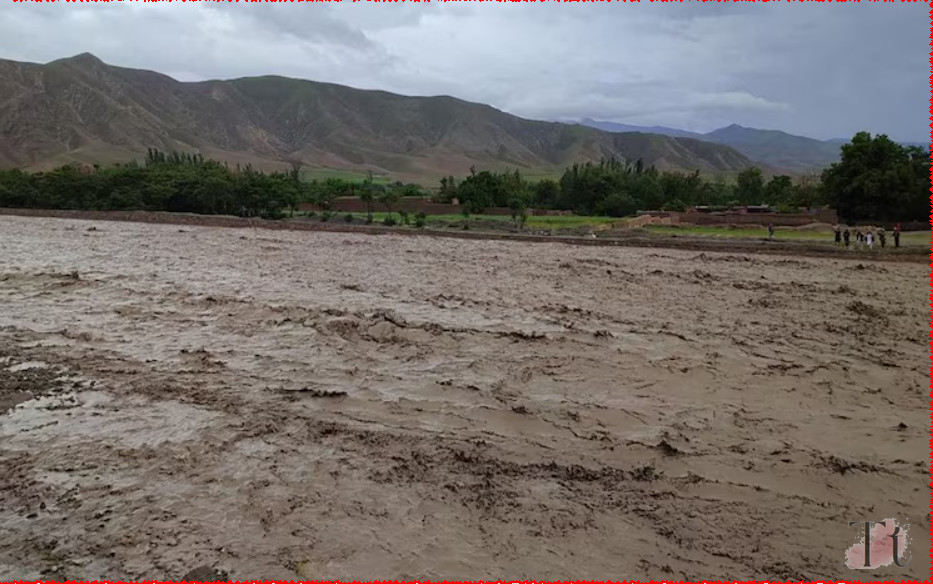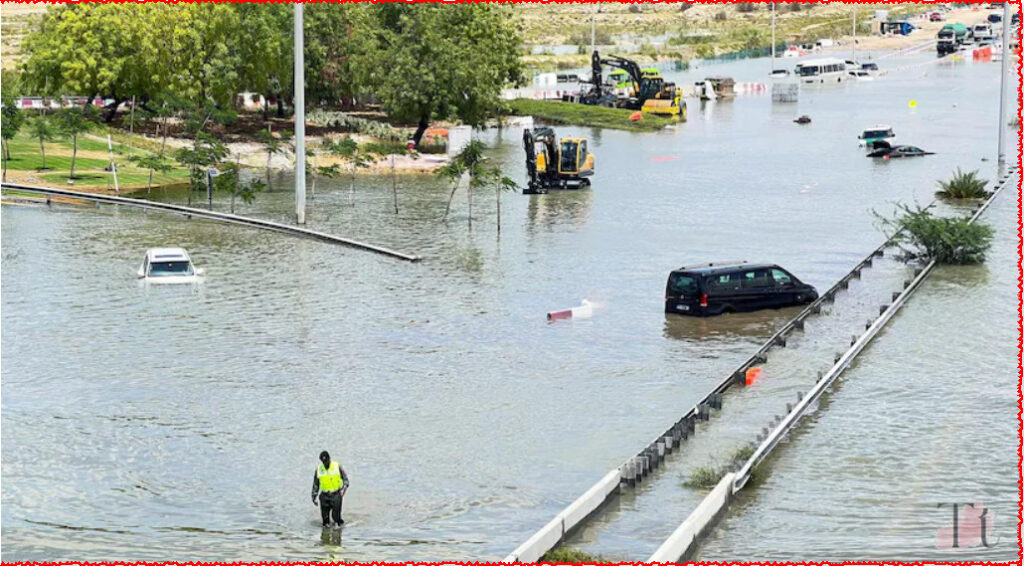Introduction
Natural disasters, such as Baghlan floods, often leave behind a trail of devastation and human suffering. The recent Baghlan floods, Afghanistan, have wrought havoc on the lives and livelihoods of its residents. With loss of lives, homes, and livelihoods, the affected communities are now grappling with the urgent need for assistance and support to rebuild their shattered lives. This article delves into the profound impact of the Baghlan floods, narrating the harrowing accounts of survivors and examining the response efforts aimed at providing relief and rehabilitation.

Table of Contents
The Devastating Impact of the Baghlan Floods
The Baghlan floods of recent memory have inflicted a profound and enduring wound upon both the physical landscape and the collective psyche of the region’s inhabitants. What was once a vibrant and flourishing area, particularly the Larkhab Valley, now lies in ruins, stripped bare by the relentless force of nature. Through the harrowing testimonies of survivors like Abdul Ahad, Mohammad Ishaq, and Shahi Khan, the true extent of the devastation becomes painfully apparent, painting a picture of loss, despair, and urgent need.
Abdul Ahad’s haunting account serves as a stark reminder of the unforgiving power of the floods, which not only ravaged homes and material possessions but also claimed the lives of many. The once-thriving Larkhab Valley, described as a picturesque haven, now stands as a testament to the indiscriminate destruction wrought by the calamity. Schools, mosques, and other communal structures, once integral to the fabric of daily life, have been swept away, leaving behind a desolate wasteland devoid of hope and opportunity. Ahad’s words echo the sentiments of countless others who find themselves grappling with the enormity of the loss and struggling to come to terms with the irrevocable changes wrought by the Baghlan floods.
Mohammad Ishaq’s poignant recollection of losing his home to the raging waters encapsulates the profound personal tragedy experienced by individuals and families across the region. For many, their homes were not merely shelters but repositories of memories, symbols of stability and belonging. To see these sanctuaries reduced to rubble and debris is to confront the fragility of human existence in the face of nature’s wrath. Ishaq’s testimony serves as a poignant reminder of the resilience and strength required to rebuild in the wake of such devastation, as well as the enduring bonds of community that sustain hope amidst despair.
The narrative is further enriched by the heartbreaking account of Shahi Khan, a 70-year-old resident who bore witness to the loss of four beloved family members in the wake of the Baghlan floods. Khan’s unimaginable grief lays bare the human cost of the disaster, underscoring the urgent need for assistance and support to alleviate the suffering of those most deeply affected. Stripped of his loved ones and possessions, Khan’s plea for help reverberates across the region, serving as a rallying cry for solidarity and compassion in the face of adversity.

In the aftermath of such a catastrophic event, it is imperative that both local and international efforts are mobilized to provide relief and aid to the affected communities. Immediate measures must be taken to address urgent needs such as shelter, food, clean water, and medical assistance. Long-term solutions, including infrastructure rehabilitation and disaster preparedness initiatives, are also essential to mitigate the impact of future calamities and ensure the resilience of vulnerable populations.
Above all, the stories of resilience, solidarity, and hope that emerge from the aftermath of the Baghlan floods serve as a testament to the indomitable spirit of the human heart. Despite the overwhelming challenges they face, the people of the region stand united in their determination to rebuild their lives and reclaim their dignity. Through collective action and unwavering compassion, we can work towards a future where tragedies like the Baghlan floods are not merely endured but overcome, paving the way for a brighter tomorrow for all.
Infrastructure Damage and Calls for Reconstruction
The Baghlan floods, with their devastating force, have not only left individual tragedies in their wake but have also inflicted widespread damage on critical infrastructure, including the Kabul-Baghlan highway. This artery of transportation, once a lifeline for connectivity and commerce, now lies shattered, exacerbating the already daunting challenges faced by the region’s inhabitants. Ashraf Ghani, among many others whose livelihoods hinge on the smooth operation of this route, lends his voice to the chorus of calls for its swift reconstruction, emphasizing the vital link between infrastructure development and community resilience.
The Kabul-Baghlan highway, prior to the Baghlan floods, served as a vital lifeline for the region, facilitating the movement of goods, people, and services between major urban centers and remote communities. Its strategic importance cannot be overstated, as it not only provided access to essential resources but also served as a conduit for economic growth and development. However, the ferocity of the floods has laid waste to this critical infrastructure, rendering it impassable and disrupting the flow of goods and services upon which countless livelihoods depend.
For individuals like Ashraf Ghani, whose profession as a driver relies heavily on the functionality of this route, the destruction of the Kabul-Baghlan highway represents more than just a logistical inconvenience. It threatens his ability to provide for himself and his family, plunging him into uncertainty and financial peril. His plea for the highway’s reconstruction is not merely a personal appeal but a collective cry for help from the entire community, echoing the sentiments of countless others whose lives have been upended by the disaster.
Indeed, the interconnectedness between infrastructure development and community resilience cannot be overstated. A robust and well-maintained transportation network is essential for ensuring access to essential services such as healthcare, education, and emergency assistance, particularly in remote and vulnerable regions like Baghlan Floods. Moreover, it plays a pivotal role in stimulating economic activity, facilitating trade, and attracting investment, thereby contributing to long-term stability and prosperity.
The urgency of the situation demands immediate action to restore the functionality of the Kabul-Baghlan highway and other critical infrastructure damaged by the Baghlan floods. Reconstruction efforts must be swift, comprehensive, and inclusive, taking into account the needs and priorities of the affected communities. This requires close collaboration between government agencies, humanitarian organizations, and local stakeholders to ensure that resources are allocated effectively and transparently, and that reconstruction efforts are guided by principles of sustainability, resilience, and inclusivity.
Furthermore, efforts to rebuild the Kabul-Baghlan highway present an opportunity to not only restore what was lost but also to build back better. This entails incorporating measures to enhance the resilience of infrastructure to future natural disasters, such as floods and landslides, through improved design, construction, and maintenance practices. It also involves harnessing innovative technologies and approaches to ensure that infrastructure development is environmentally sustainable and socially equitable, benefiting all members of the community, including marginalized and vulnerable groups.
In the face of adversity, the people of Baghlan demonstrate remarkable resilience and determination to overcome the challenges that lie ahead. By rallying together and harnessing the collective strength of their communities, they can rebuild what was lost and pave the way for a brighter, more resilient future. The reconstruction of the Kabul-Baghlan highway is not just a matter of restoring physical infrastructure but of rebuilding lives, livelihoods, and hope for generations to come.

Response Efforts and Challenges Ahead
In the face of this humanitarian crisis, response efforts have been initiated to provide relief and support to the affected population. Alem Majidi, the spokesperson for the governor of Baghlan, assures that surveys are underway to assess the needs of impacted families, signaling a commitment to prioritize assistance and rehabilitation efforts.
However, amidst the backdrop of devastation and despair, challenges loom large on the horizon. The sheer scale of destruction, coupled with logistical constraints and resource limitations, poses formidable obstacles to effective relief operations. Moreover, the ongoing conflict and political instability in Afghanistan further complicate the humanitarian response, creating a volatile environment fraught with uncertainty and insecurity.
The Road to Recovery: A Collective Endeavor
As the floodwaters recede and the initial shock subsides, the road to recovery emerges as a long and arduous journey fraught with challenges yet brimming with hope. Rebuilding shattered communities and restoring livelihoods will require a concerted and coordinated effort involving government agencies, humanitarian organizations, and the international community.
Immediate priorities include providing emergency shelter, food, and medical assistance to displaced families, ensuring access to clean water and sanitation facilities, and restoring essential infrastructure to facilitate the delivery of aid and support. Equally critical is addressing the psychosocial needs of survivors, offering trauma counseling and mental health support to help them cope with the emotional scars left by the disaster.
In the medium to long term, efforts must focus on sustainable reconstruction and resilience-building initiatives aimed at reducing vulnerability to future disasters like the Baghlan flood. This entails incorporating disaster risk reduction measures into development planning, enhancing early warning systems, and fostering community-based disaster preparedness and response mechanisms.
Conclusion: A Call to Action
The plight of the Baghlan flood victims serves as a poignant reminder of the fragility of human existence in the face of natural calamities. As the world bears witness to their suffering, it is incumbent upon us to heed their call for assistance and solidarity. In extending a helping hand to those in need, we reaffirm our shared humanity and collective responsibility to alleviate the pain and suffering of our fellow human beings affected by the Baghlan flood.
The road ahead may be long and challenging, but it is paved with compassion, resilience, and the unwavering determination to rebuild lives and communities from the ashes of Baghlan flood destruction. Let us stand together, united in our resolve to turn the tide of Baghlan flood tragedy into a beacon of hope, guiding the way towards a brighter and more resilient future for all.
Read more about Seattle vs. Salt Lake 2024: Epic and Unpredictable Preview


1 thought on “Baghlan Floods 2024: Crisis and Response”